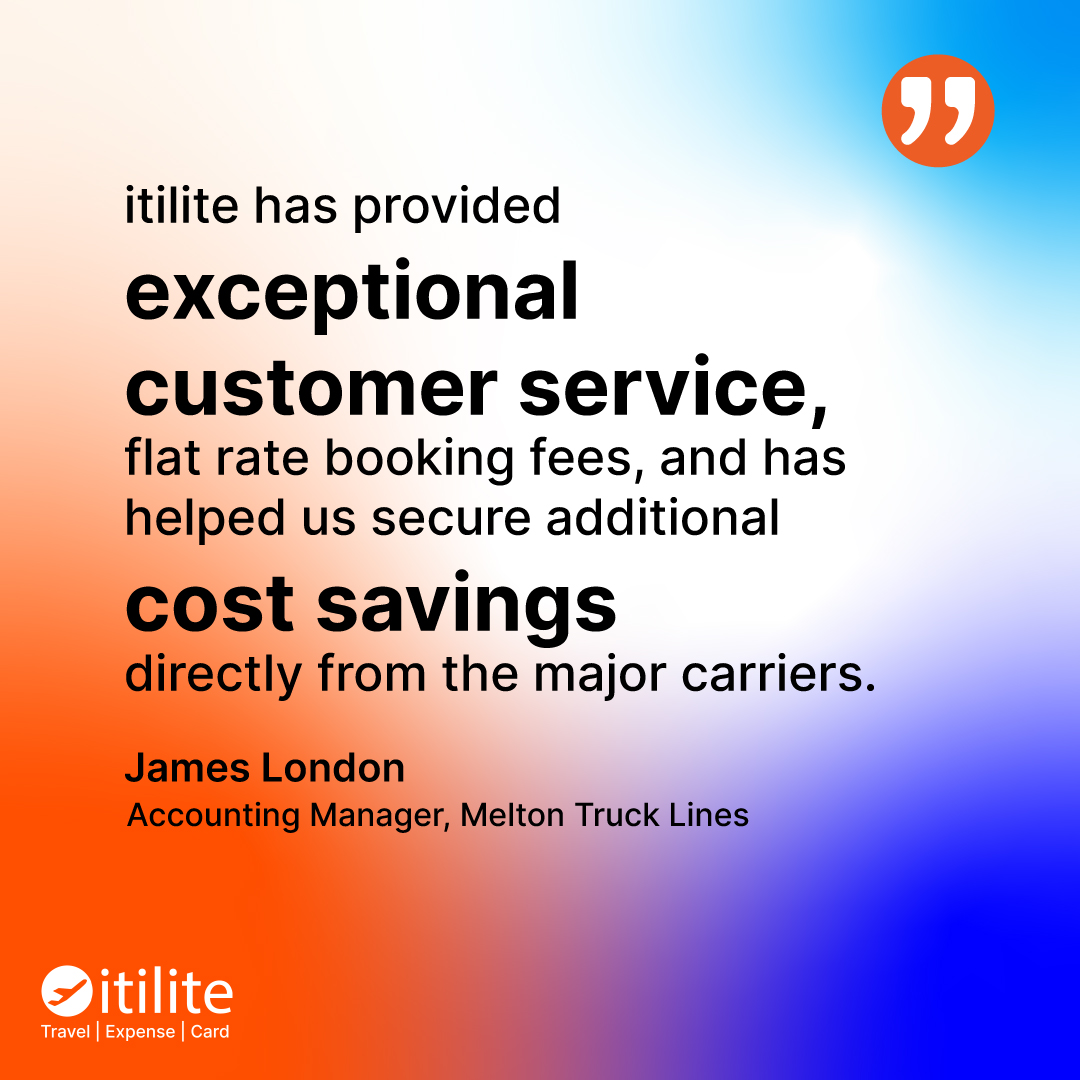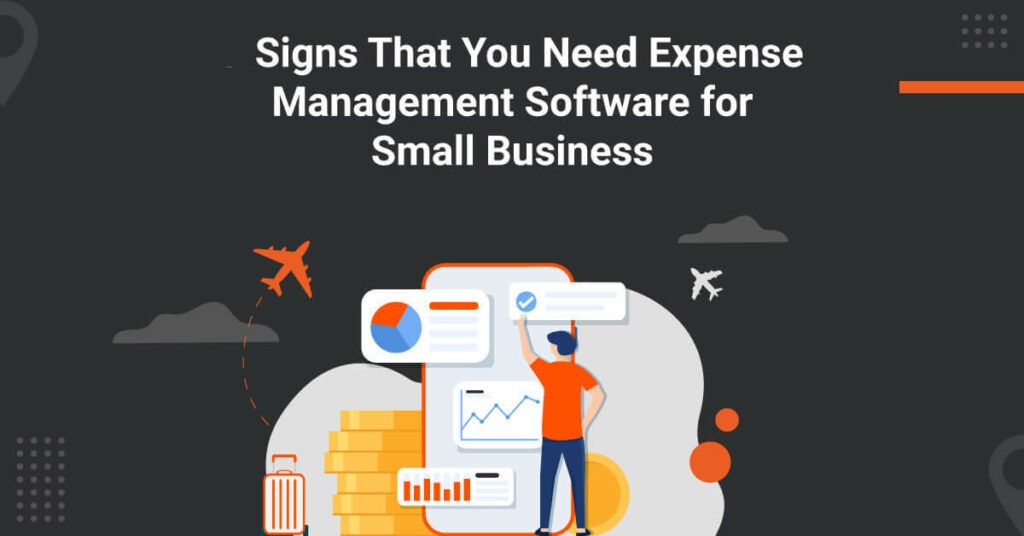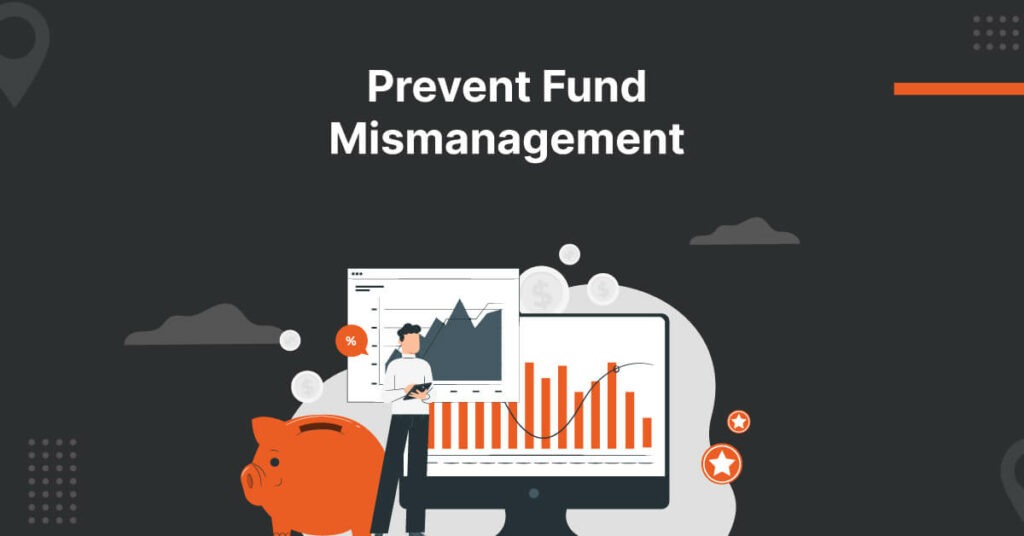
Over the years, the manufacturing sector has seen significant changes due to advancements in technology and the impact of globalization. Manufacturers have embraced these changes to stay competitive in the evolving global market.
Expense management for manufacturing companies is crucial for companies to maintain their competitive edge. As factories work to stay at the forefront, using automated expense management becomes essential for streamlining financial processes. It also empowers companies to make smart decisions based on data, enhance cost management, and promote sustainable growth.
In this article, we’ll explore how expense management software can assist manufacturing businesses in simplifying financial processes, boosting efficiency, and ultimately reducing expenses.
Inventory Management
Modern manufacturing expense management software often comes with advanced analytics capabilities. Use these tools to analyze historical consumption patterns, demand fluctuations, and seasonal trends. By examining this data, you can make more accurate forecasts of future demand.
With expense management for manufacturing companies, you can set up reorder points and lead times for each inventory item. When stock levels reach a certain threshold, the software generates alerts, reminding you to replenish stock before it runs out.
Implement automation features in the software that automatically generates purchase orders or manufacturing orders when inventory levels drop below the predetermined threshold. This prevents stockouts and minimizes production delays.
Supplier Performance Analysis
Supplier performance analysis involves evaluating the effectiveness and reliability of your suppliers in delivering the materials and services needed for your manufacturing operations.
Expense management software allows you to record and analyze the lead times for deliveries from each supplier. Longer lead times can result in production delays and increased inventory carrying costs. By tracking and comparing lead times across different suppliers, you can identify those that consistently meet or exceed expectations.
The software can help you monitor the accuracy of orders received from suppliers. This includes checking whether the quantity, quality, and specifications of the materials match what was originally ordered. Supplier errors can disrupt production schedules and lead to costly rework.
Quality Control
Work with your quality control team to define specific metrics that align with your manufacturing and product quality standards. These metrics can include defect rates, dimensional accuracy, material specifications, and adherence to regulatory requirements.
Implement an incoming inspection process for materials received from suppliers. Use manufacturing expense management software to record and track the results of these inspections. This step ensures that materials meet quality standards before they are integrated into your production process.
Utilize the software to log and track instances of defective or subpar materials received from suppliers. Categorize defects based on their type and severity. This information helps identify patterns and areas that need improvement.
Obsolete Inventory Identification
Obsolete inventory can tie up valuable capital and warehouse space, leading to financial losses for manufacturing companies. The expense management software can provide tools to analyze the age of inventory items in your system. By categorizing items based on their age, you can identify which items are slow-moving or stagnant.
Set up thresholds within the software to flag items that have been in stock for an extended period or have experienced a significant drop in sales. These thresholds trigger alerts for further investigation.
Based on the insights gained from identifying obsolete inventory, adjust your replenishment orders to avoid overstocking similar items in the future.
Performance Analytics
Performance analytics is a powerful tool for manufacturing companies to gain insights into their operations and make informed decisions to enhance efficiency and reduce overhead costs. Utilizing expense management software’s reporting and analytics capabilities to identify high-performing departments and replicate their best practices can bring about significant improvements. Here’s how to leverage this approach effectively:
Key Performance Indicators (KPIs): Define key performance indicators that align with your business goals and objectives. These KPIs can cover areas such as production efficiency, cost per unit, lead times, on-time delivery, and quality metrics.
Benchmarking: Use the software’s reporting capabilities to benchmark performance across different departments and processes. Identify areas that are underperforming compared to others and those that are excelling.
Root Cause Analysis: If you identify areas of underperformance, use the software to conduct root cause analysis. Identify the factors contributing to the inefficiencies and work on strategies to address them.
Cost Reduction Opportunities: Analyze the data to identify cost reduction opportunities in high-performing departments. Understand how they manage expenses, streamline processes, and optimize resource utilization.
Vendor Negotiations
While expense management software primarily focuses on tracking expenses and managing financial transactions, certain features and data insights can indirectly support vendor negotiations.
Data-Driven Insights: Expense management software provides you with accurate and real-time data about your company’s spending patterns. This data can be valuable during vendor negotiations as it gives you a clear picture of how much you are spending with each supplier.
Historical Spending Data: You can use the historical spending data available in the software to demonstrate your company’s purchasing volume to suppliers. This can be especially effective when negotiating volume-based pricing.
Consolidation of Orders: The software can help you identify opportunities for consolidating orders with certain suppliers. By demonstrating a higher volume of orders, you may be able to negotiate better prices.
Streamlining Expense Management
Expense management for manufacturing companies can be automated with expense management software in the following ways.
Expense Recording and Categorization: Expense tracking software allows employees to enter expense data, such as receipts and invoices, directly into the system. The software typically provides customizable expense categories and fields, ensuring that expenses are accurately categorized. For example, expenses might be categorized as travel, office supplies, utilities, or marketing.
Automated Data Entry: Manual data entry can be time-consuming and error-prone. Expense tracking software automates this process by allowing employees to capture receipts using mobile apps, upload digital copies, or even integrate with credit card statements. This results in reducing overhead costs related to human labour.
Real-time Tracking and Visibility: One of the major benefits of expense tracking software is its ability to provide real-time insights into spending patterns. Managers and financial teams can access up-to-date information on expenses, allowing them to make informed decisions quickly. This visibility is especially valuable for controlling costs and managing budgets effectively.
Expense Approval Workflows: Expense tracking software often includes workflows for expense approval. Employees submit expenses for approval, and managers can review and approve or reject them within the system. This feature ensures that expenses are aligned with company policies and spending limits.
Policy Enforcement: The software can be configured to enforce expense policies. This ensures that employees adhere to spending guidelines, reducing the likelihood of unauthorized or non-compliant expenses.
Cost Allocation and Project Tracking: For companies with multiple projects or departments, expense tracking software can allocate expenses to specific projects or cost centers. This helps in accurate budgeting, resource allocation, and project profitability analysis.
Integration with Accounting: Many expense-tracking software solutions seamlessly integrate with accounting systems. This integration eliminates the need for manual data entry in multiple systems and ensures accurate financial reporting.
Stay Ahead of The Competition By Streamlining Expense Management for Manufacturing Companies
Managing expenses effectively is crucial for manufacturing companies to enhance profitability and gain financial control. ITILITE presents a streamlined expense management software solution that automates financial tasks. This software empowers employees to track expenses in real time, leading to prompt decision-making and improved cost management. Additionally, it minimizes the chances of mistakes, ensuring precise and trustworthy financial reporting.
Book a demo with us to experience these benefits yourself.

















